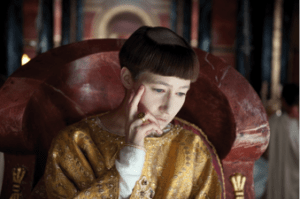By Lydia Downey – Digital and Public Humanities, Creative Writing and The Applied Arts
I started my sophomore year of college with an internship through the humanities department this year. Majoring in the humanities and working alongside my professors, I’ve learned that the experiences I had when I traveled have been felt by many other students, regardless of where their journey began.
I interviewed different faculty in the humanities that led programs abroad this summer. Whether it was focused on languages, such as Alicante, Spain, and Paris, France, or on literature in Oxford, England, or history in Poland, each trip held a personal place in each individual’s heart. Students led by Professor Ransom studied at the University of Oxford, the most prestigious university in the world. Students attended morning classes for four hours a day, for four days a week, and spent their free time exploring the bustling city, visiting museums, churches, or the gravesites of the authors they read. Lori Noto, a poet, and friend of mine, described how in Europe the cities are close together. She traveled to Liverpool, the hometown of the Beatles, to share a love of music with her father. Wayne Borowski, another poet, and friend of mine talked about the beauty that he found in the architecture. He beautifully described that he “never had to look far for wonderment or inspiration.” Despite doubts about traveling beforehand, or in some cases, longing for familiarity, all of the students felt their feelings of hesitation transform into feelings of excitement.
For these students, without a doubt, traveling was more than just gaining credits. Traveling is an extension of our lives. There is an inherent knowledge gained through exploration. Following that, it is true that the best way to learn a second language is through immersion in a native-speaking country. Led by professor Ortiz and professor Fernandez-Meardi, students traveled to places where the native languages are Spanish and French. While one took place in Paris, France, and the other in Alicante, Spain, they both equally uplifted students with their sense of confidence in speaking a second language. Similar to Oxford, students had classes in the morning, and after classes, they could travel around the cities. Whether that may be wineries, waterfalls, or churches and the Eiffel Tower, by immersing themselves into the culture, students readily improved their dialect. Ben Kramer described a concise version of his day. He would wake up and go to the tram station where he would then go to La Universidad de Alicante, where he had language-intensive classes, and on alternating days, a cultural class with Professor Ortiz. After classes, he would return to his host family where he would work on homework. It wasn’t all studies; he was able to travel to other cities besides Alicante such as Valencia, Barcelona, Bilbao, and Paris. Students who traveled to Paris had similar routines as well. Jordyn Zehms described how they would have class until noon, and could spend the rest of the afternoon and evening exploring with professor Fernandez-Meardi. One place that she was able to see was Monet’s garden in Giverny with her aunt, who lives in France. These experiences allowed students to grow, and both professors Ortiz and Fernandez-Meardi explained how they saw major strides in not only their students’ confidence but also their ability to communicate with foreigners.
It isn’t just the confidence that students gain, it’s the sense of adventure that they collect. Ben Kramer described the spontaneity of plans that he made while in Spain. The last-minute plans ended up being the ones that he longs for now that he’s back in the states, “The adventure of it all, and the confidence we had developed in ourselves thrilled me to the core.” By keeping their perspectives open, they minimized the effects of culture shock. Carly Augustynowicz, another student who traveled to Paris described that “You have to go into an experience like this with an open mind.” Whether it was public transportation in Poland or Parisian food, the adjustment didn’t take nearly as long as expected. Jasmine Quistorf, a student who traveled to Poland with professor Sherman, described how “the natives were willing to help them navigate the country.”
Often when I interviewed students and professors a common theme developed amongst them: personal growth. Poland was a travel-based course focusing on history. Writing journal entries about their experiences, the students traveled from the north to south of Poland with Professor Sherman and Jemma Lund, the assistant director of the study abroad program. Students got a taste of medieval to modern-day Poland. Students may not have realized the personal growth that they had developed throughout those weeks. Nick Paustian, another student on the Poland trip, wrote that “this trip definitely gave me a greater appreciation for the rest of the world and increased my love for travel.” He brought up a good point when writing to me: some people in the United States tend to be closed-minded when it comes to other cultures. Jemma Lund, the Assistant Director of The Office for International Education, talked about how when you travel, one’s knowledge and growth expand more than one would imagine. You can touch and see something that’s there. It’s one thing to learn about it, but it’s another to touch and see the history that you learn about in the classes. Whether it’s in the port city of Gdansk or traveling to Krakow, being able to experience history up close and personal changes someone in their heart.
That’s what changes when you travel: your heart. The memories you’ve collected on buses, trains, sidewalks sit within you, even when you return home. They say home is where the heart is, but I feel that home can take many forms. Home can be with your family. It can be in the house of the host family that you stayed in, or the gardens of Monet. It resides all over the world. That is the beauty of travel; when we never stop moving, and each time we stare at different creations, our footsteps leave marks. It’s just a matter of time where we leave marks next.

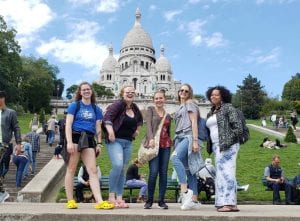

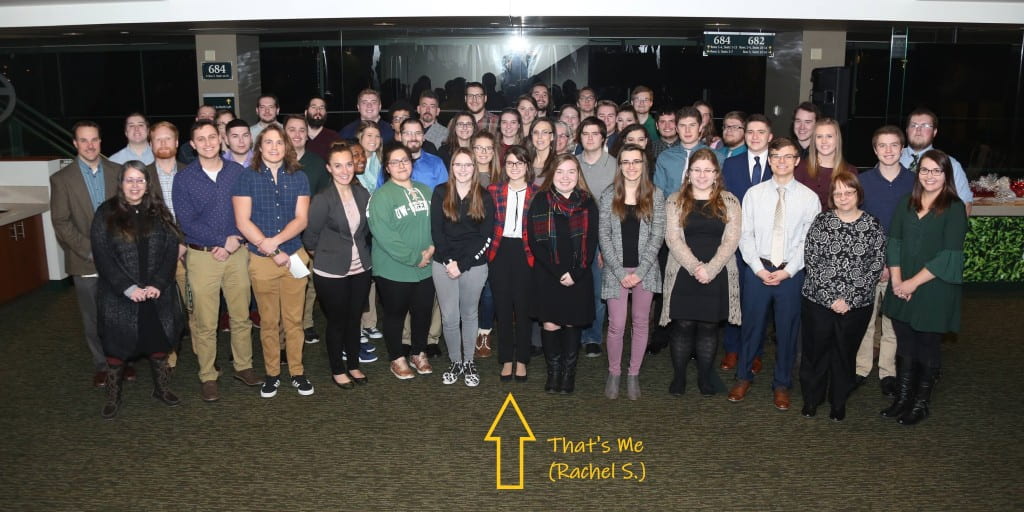
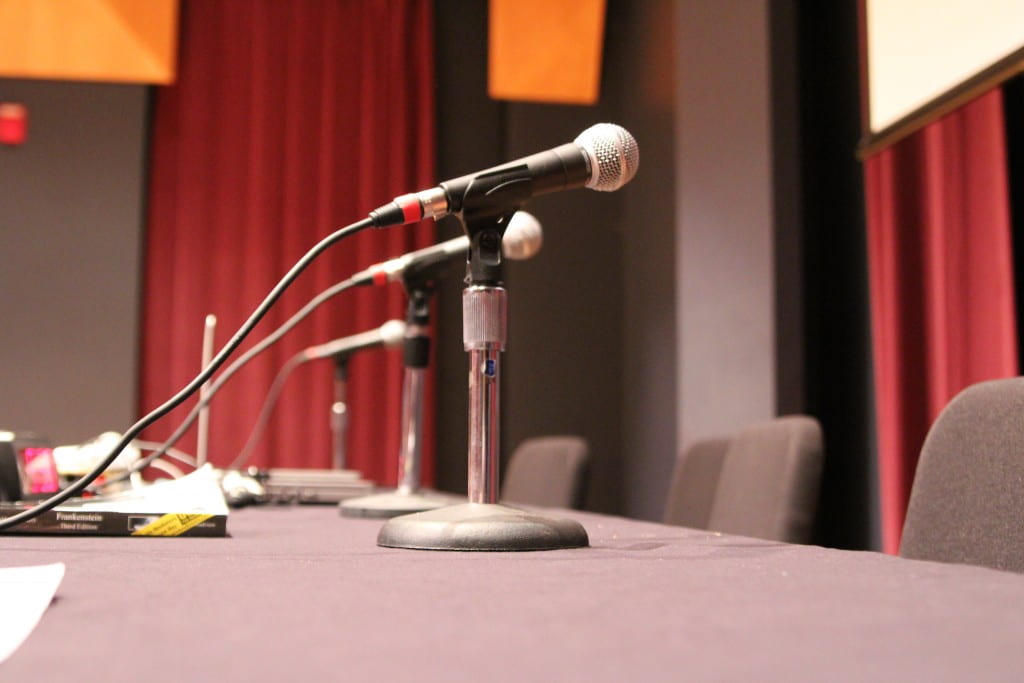
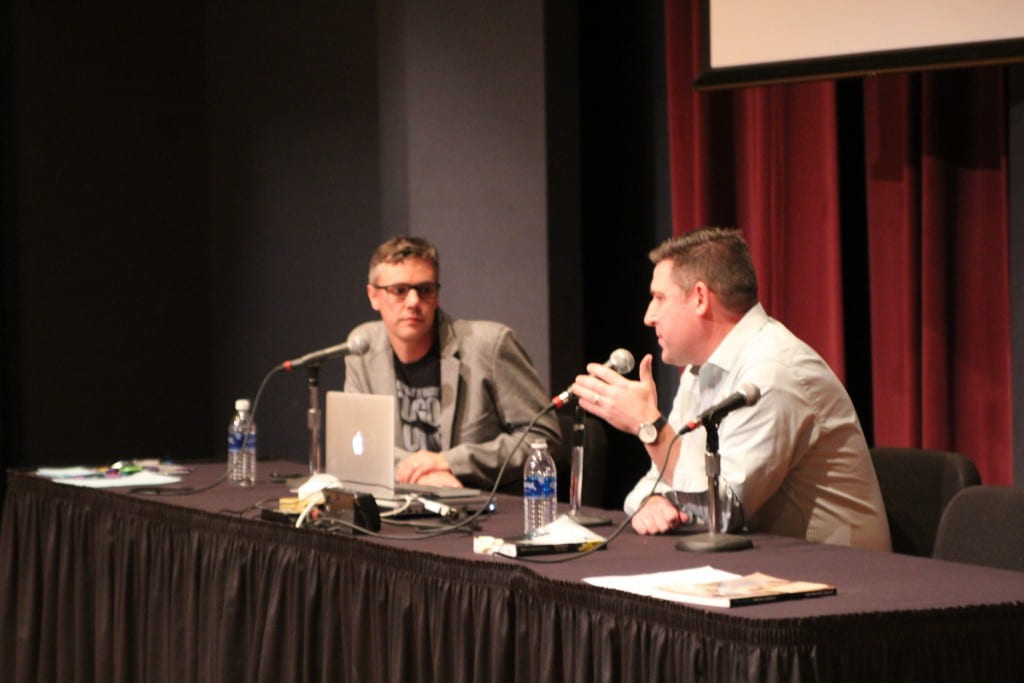
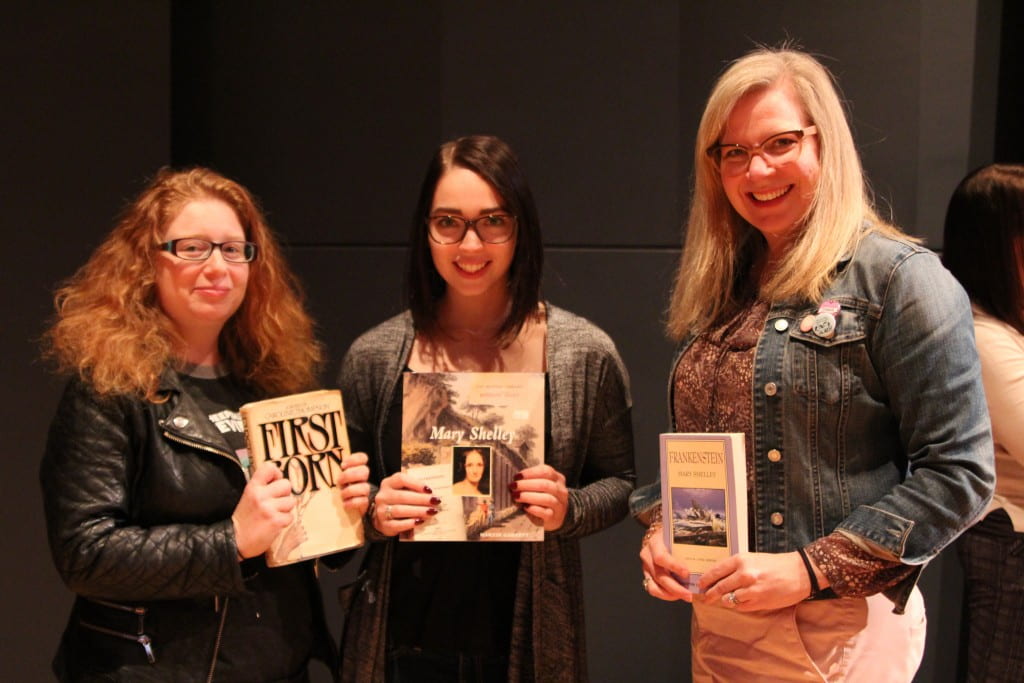
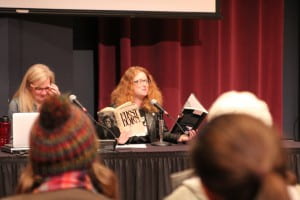
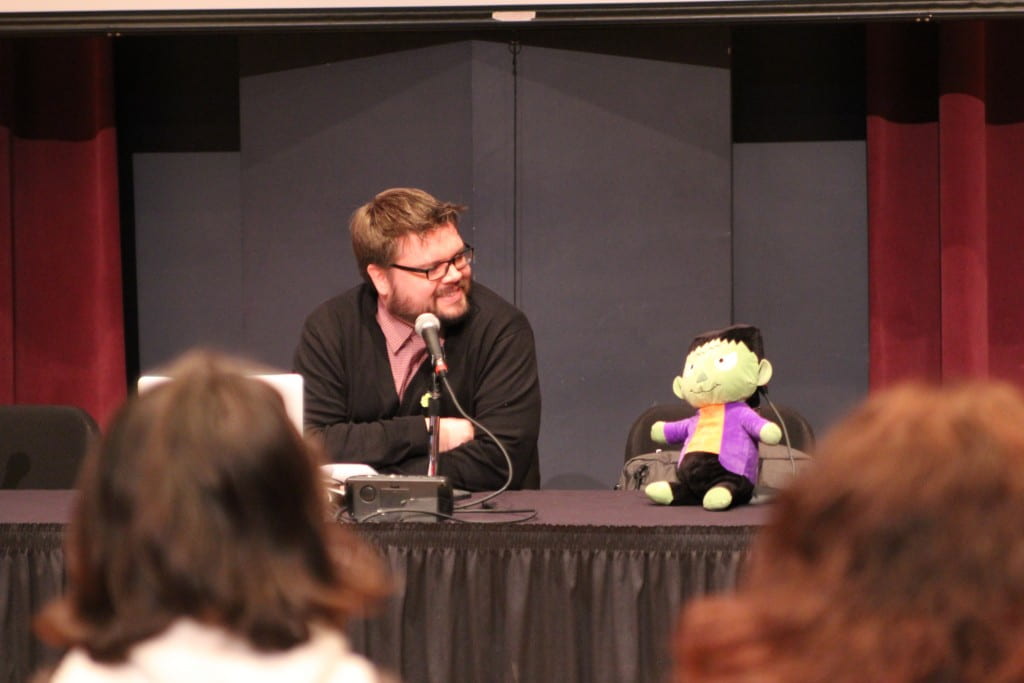
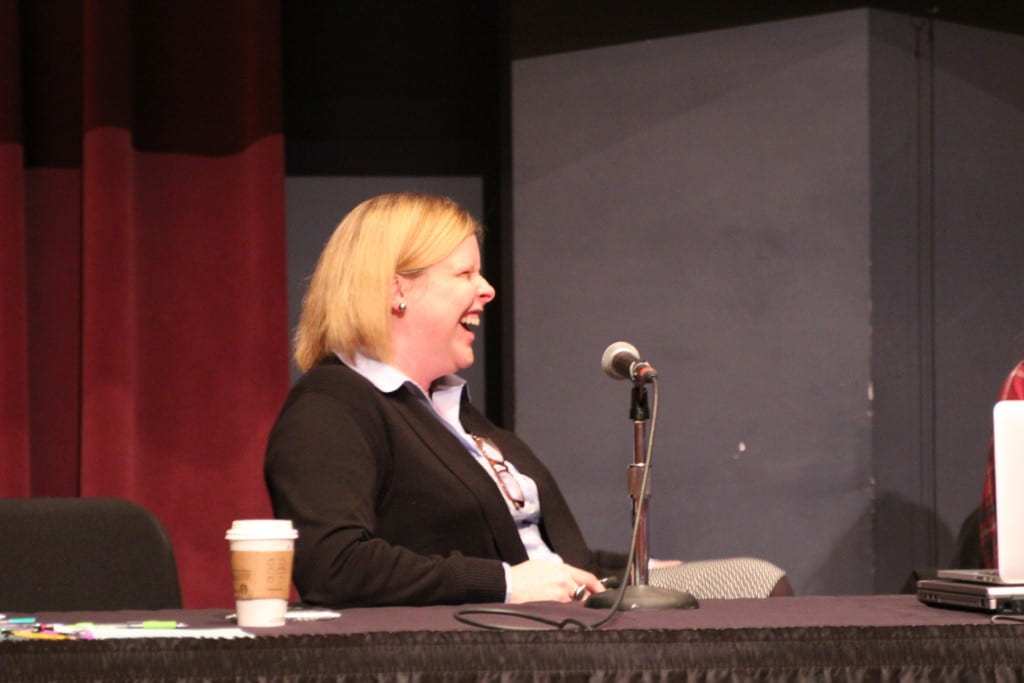
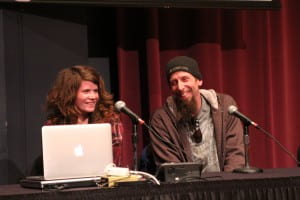
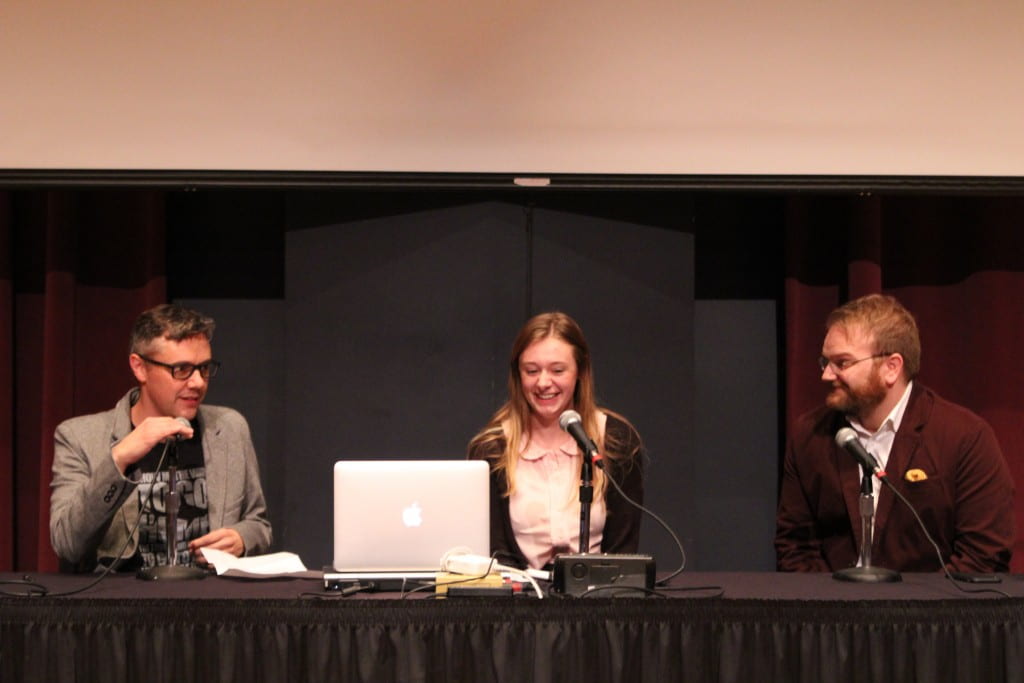
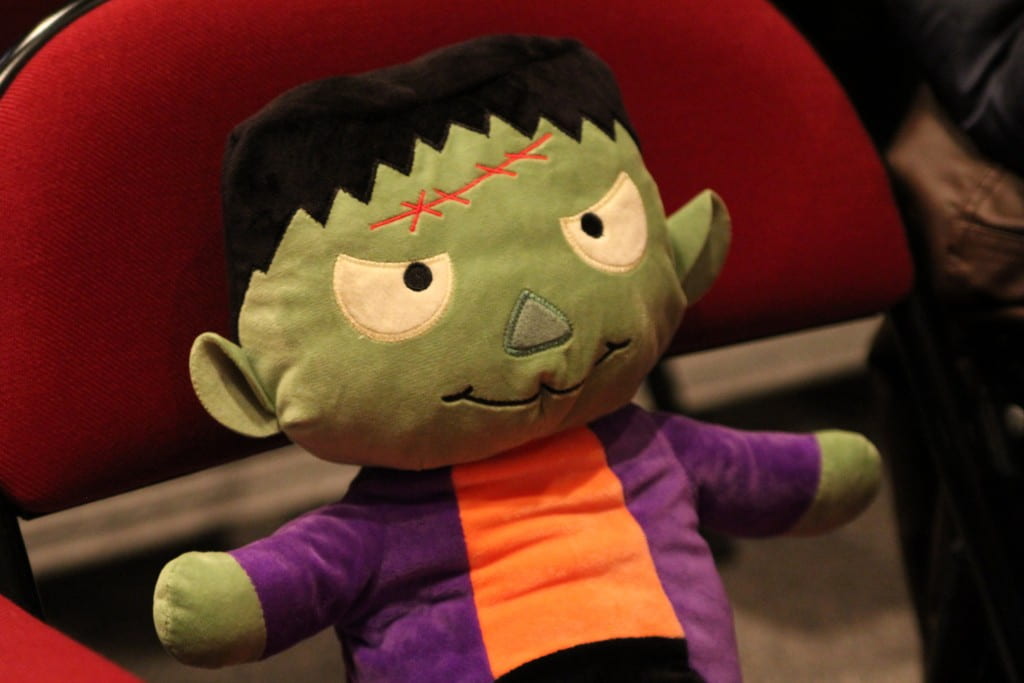
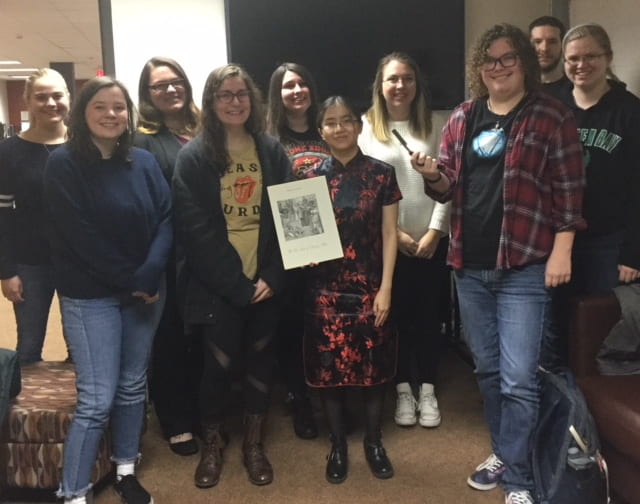
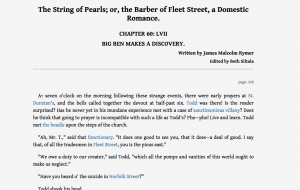


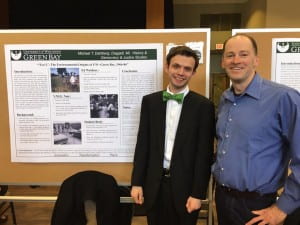
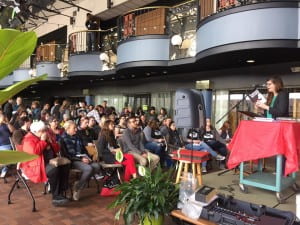
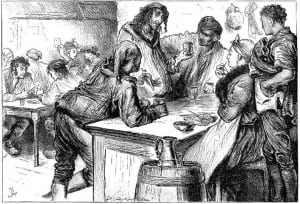
 Associate Professor Hernán Fernández-Meardi will lead a discussion of Paulo Friere’s Pedagogy of the Oppressed as part of Humanistic Studies’ Great Book Series at the Brown County Library on Tuesday, December 8th at 6:30pm. In his critically acclaimed work, Friere advocates for a pedagogy that empowers students as producers of knowledge. Interested readers may find Friere’s book
Associate Professor Hernán Fernández-Meardi will lead a discussion of Paulo Friere’s Pedagogy of the Oppressed as part of Humanistic Studies’ Great Book Series at the Brown County Library on Tuesday, December 8th at 6:30pm. In his critically acclaimed work, Friere advocates for a pedagogy that empowers students as producers of knowledge. Interested readers may find Friere’s book  Last year he won a major
Last year he won a major 